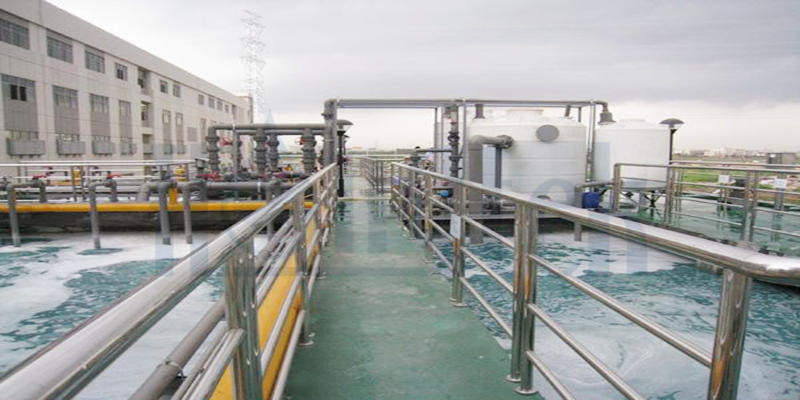If you work in the plating industry, you are aware of how crucial wastewater treatment is to your business. Wastewater from the plating process contains heavy metals and other hazardous materials that cannot be discharged into the environment. Use wastewater treatment chemicals to eliminate pollutants and make sure your wastewater is safe to discharge in order to avoid this.
We shall examine in further detail the typical chemicals used in industrial electroplating wastewater treatment in this post. We will go through how they operate, their advantages and disadvantages, and respond to some commonly asked concerns concerning electroplating wastewater treatment.
Introduce
An electric current is used in the plating process to apply a thin coating of another metal to a metal item. The object is submerged in an electrolyte solution that contains dissolved ions of the metal that will be deposited on the object throughout this procedure. The metal ions are drawn to the object's surface by the electric current, where they accumulate in a thin, flat layer.
Despite being a commonly used industrial process, plating also produces a sizable volume of effluent that contains heavy metals including cadmium, chromium, copper, lead, nickel, and zinc. These metals are poisonous and can be bad for both the environment and people's health. Before release, wastewater must be treated to reduce contamination.

Electroplating wastewater treatment chemicals come in a variety of popular varieties. Let's examine each one and its operation in more detail.
1. Coagulating agent
Wastewater suspended particles are destabilized by flocculants, causing them to cluster together and sink to the bottom of the water. Coagulation is the name of this procedure. Following the solids' settling, the wastewater can either be filtered or settled to remove the solids. Aluminum sulfate, ferric chloride, and PAC are typical coagulants used in the treatment of wastewater for electroplating. Both suspended particles and some heavy metals, such chromium and copper, may be effectively removed with these compounds. However, while treating wastewater, coagulants can also result in a greater production of sludge. This might raise the cost of disposal and raise new environmental issues.
2. pH controller
Wastewater's pH is controlled with pH regulators, making it easier to manage. Acidic plating wastewater makes it more challenging to extract certain heavy metals. Lime and caustic soda are two common pH regulators used in the wastewater treatment process for electroplating. These substances work well to increase wastewater's pH, which enhances the removal of heavy metals. However, pH regulators can also lead to more sludge being produced while treating wastewater. They can also put workers' safety at danger if not used properly.
3. Reducing substance
Heavy metals dissolved in wastewater are transformed by reducing agents into an insoluble state, making them simpler to remove from water. Precipitation is the term for this action. Sodium borohydride and sodium metabisulfite are two common reducing agents utilized in the electroplating wastewater treatment process.
4. Ion-exchange resin
By exchanging them for less hazardous ions, ion exchange resins are used to remove dissolved heavy metals from wastewater. These resins are typically composed of polystyrene or acrylic beads with sulfonic or carboxylic functional groups. Chelate resins, which can efficiently remove heavy metals like nickel and copper, and weak base anion resins, which can remove metals like chromium and cadmium, are two examples of common ion exchange resins used in the treatment of electroplating wastewater. Ion exchange resins are efficient in removing heavy metals, although they may be costly and need to be periodically regenerated to keep working.
5. Activated carbon
Organic contaminants and some heavy metals from wastewater can be absorbed by the highly porous substance known as activated carbon. When other treatment techniques fail to eliminate pollutants, activated carbon is frequently employed in combination with them. Activated carbon can be a good alternative for treating electroplating wastewater, but it can also be pricey and generate a lot of fine carbon when used.
One of the top private enterprises now operating in Vietnam is Dong A Chemical Joint Stock Company, which manufactures and distributes water treatment chemicals such PAC, liquid chlorine, caustic soda, and Javen water. Please call our hotline if you need assistance if you have any needs.